Kitaro, Exponent of the New Age
This wizard of synthesisers and Grammy and Golden Globe winner has released albums that have become classics of this music genre.
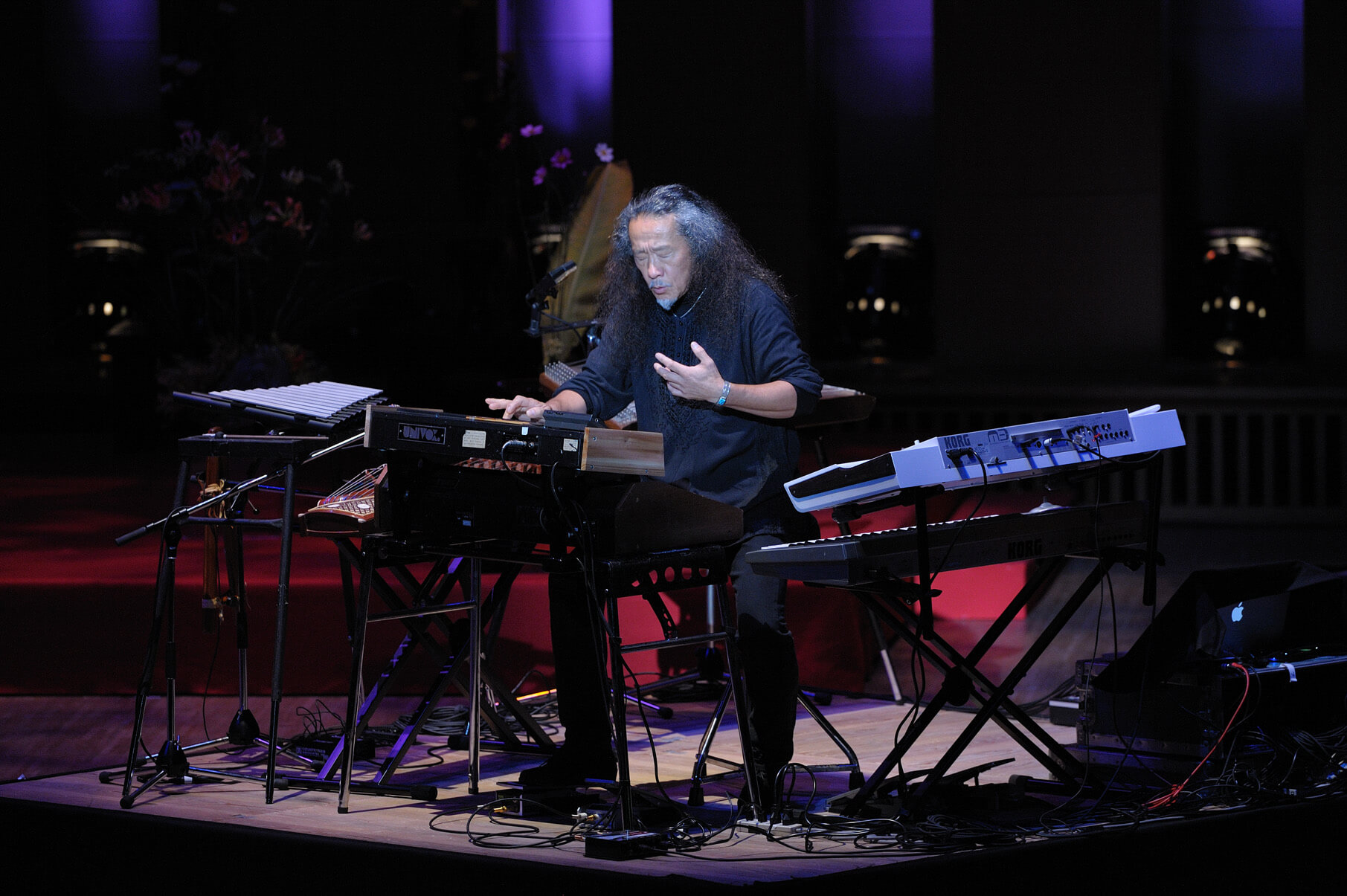
© Domo Music Group
Multi-instrumentalist and pioneer in New Age music, Kitaro achieved international fame when he released one of the genre’s classic works in 1980, the album Silk Road, composed for the show of the same name, broadcast by the Japanese public channel NHK.
Masanori Takahashi, better known under the pseudonym Kitaro, was born on 4 February 1953 in Toyohashi, Japan. His nickname comes from the famous horror manga by Shigeru Mizuki, Gegege no Kitaro (1959), due to the fact that his hair is similar to that of the main character. As a child, he developed a taste for music by learning the guitar, before turning his attention to keyboards when he formed the progressive rock group The Far East Family Band.
While touring Germany with his group in 1972, he met Klaus Schulze, the drummer for Tangerine Dream, who introduced him to synthesisers and electronic rock. Kitaro subsequently embarked on a solo career, and caught the attention of the New Age community when he released his first album, Astral Voyage, in 1978. The synthesiser became his instrument of choice, allowing him to create a soaring form of electronic rock, enriched by the sounds of Asia.
Connecting people through music
He achieved international renown with Silk Road, the original soundtrack to a documentary on NHK, in which he enhanced the landscapes of the Silk Road with captivating, contemplative compositions. Several follow-ups to the album were also released and allowed Kitaro to enjoy a highly successful career.
With a record sixteen nominations for the Grammy Award for Best New Age Album, he won with Thinking of You (1999), and received the Golden Globe for best original score for his work on Heaven and Earth (1993), directed by Oliver Stone.
Kitaro has made it his mission to connect humans through his music, which is based on the values of spirituality, love and ecology. Nature occupies an important place in his work, which links it further to the origins of the New Age movement.
A music genre influenced by Asian spirituality and sounds
A product of 1960s American counter-culture, the New Age movement was born out of the combined influence of personal development, esotericism and Asian spirituality. The music genre of the same name tends to create acoustic and electronic sounds that are conducive to meditation and inner peace. New Age music is inspired by a variety of artists who were themselves a product of multiple genres, like minimalist composers Terry Riley, Steve Reich and Philip Glass, the progressive rock band Pink Floyd, pioneers of the synthesiser like Brian Eno, Vangelis and Jean-Michel Jarre, and jazz musicians like Keith Jarrett, Paul Horn and Pat Metheny. Kitaro adds a new dimension to this music by incorporating elements of his own culture into his work, using traditional Japanese instruments like bamboo flutes (shakuhachi, shinobue, hichiriki) and taiko (Japanese drums).
A prolific artist, Kitaro has recorded dozens of albums that have sold millions of copies worldwide, such as Silver Cloud (1986), The Light of the Spirit (1987), and Dream (1992) with Jon Anderson. The Japanese musician pursues the idea of uniting popular, traditional and classical music, and seeks to spread a message of peace and universality through compositions that relax the mind.
Kitaro’s discography is available from the Domo Music Group store.
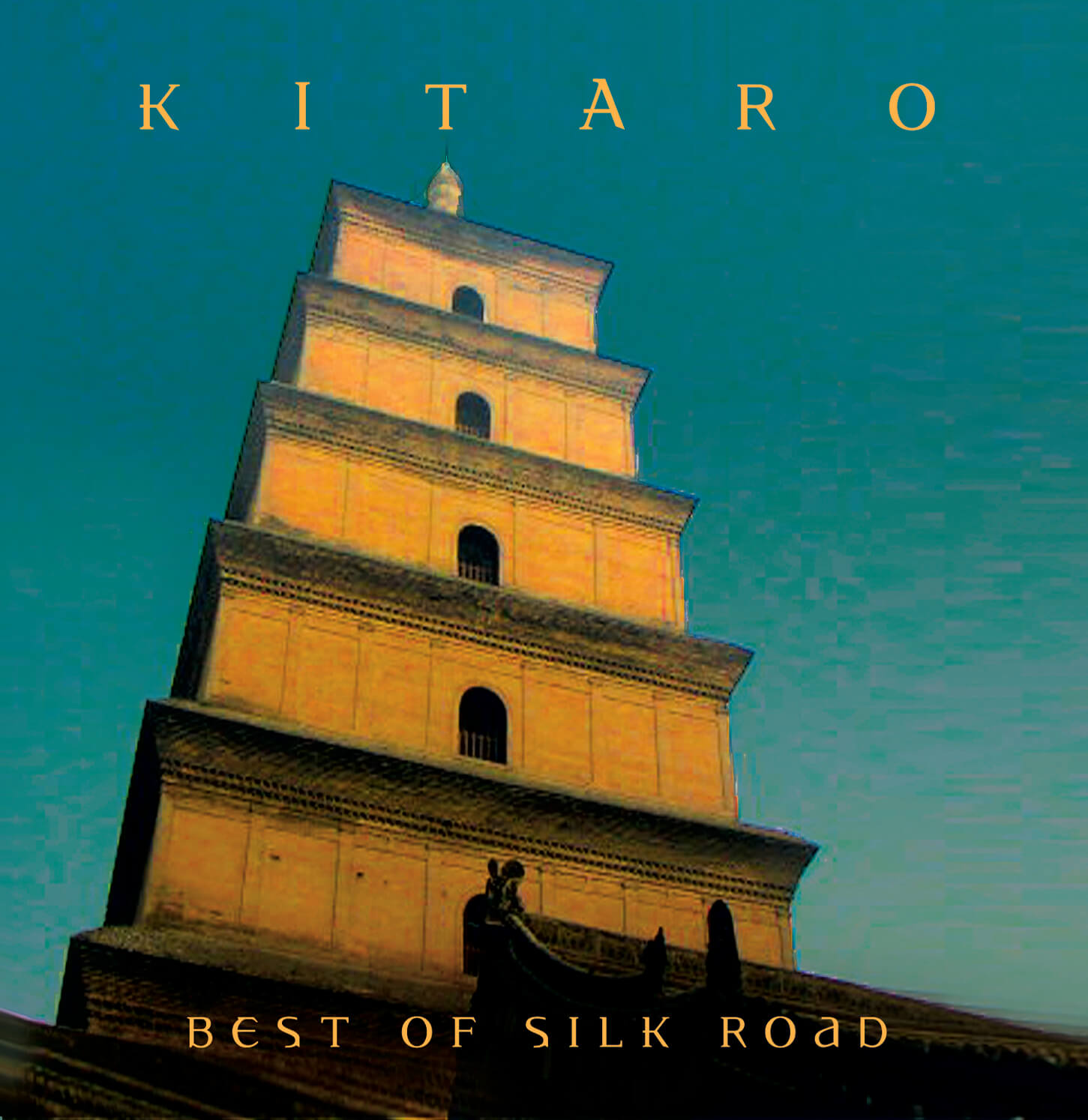
‘Best of Silk Road’ © Domo Music Group
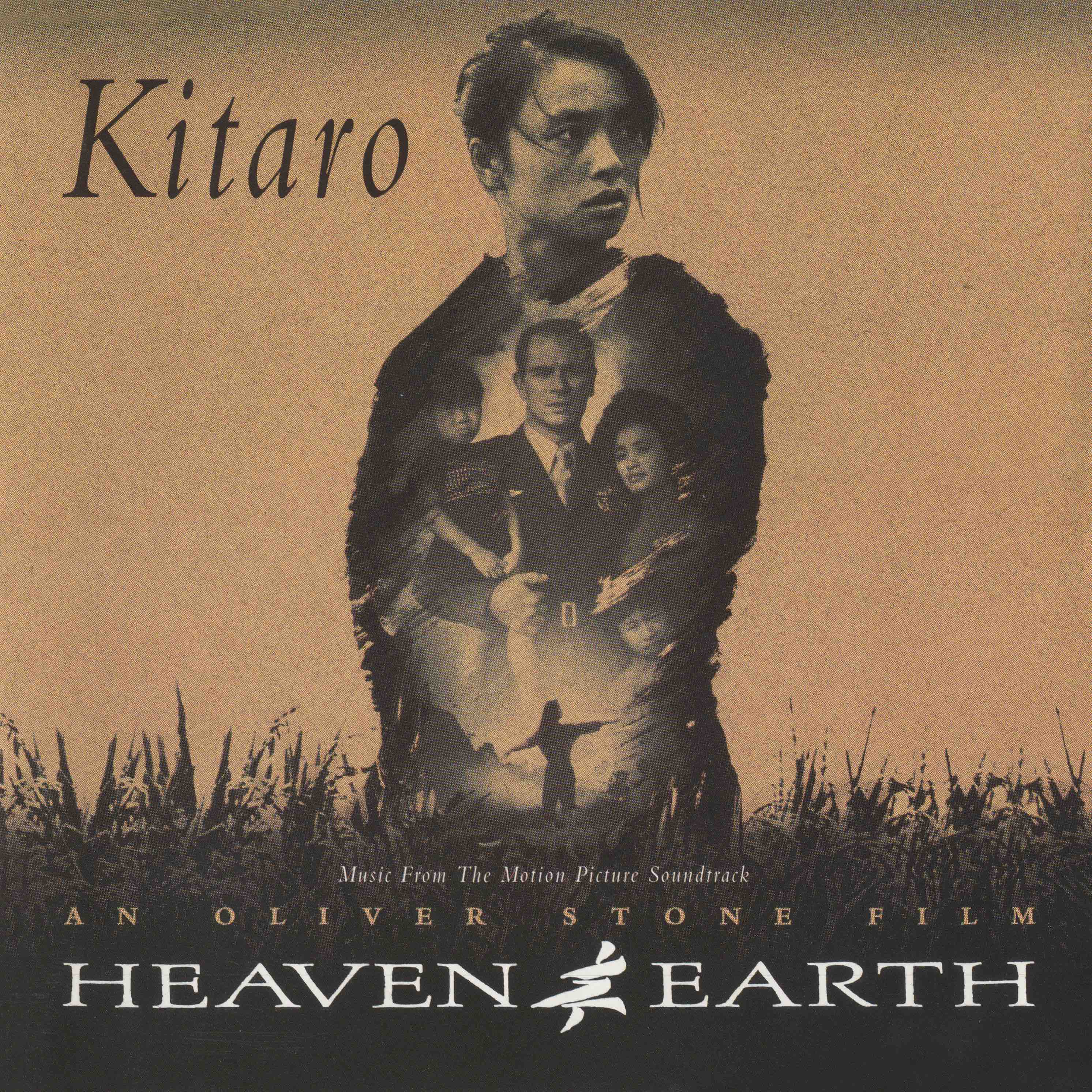
‘Heaven and Earth’ (1993) © Domo Music Group
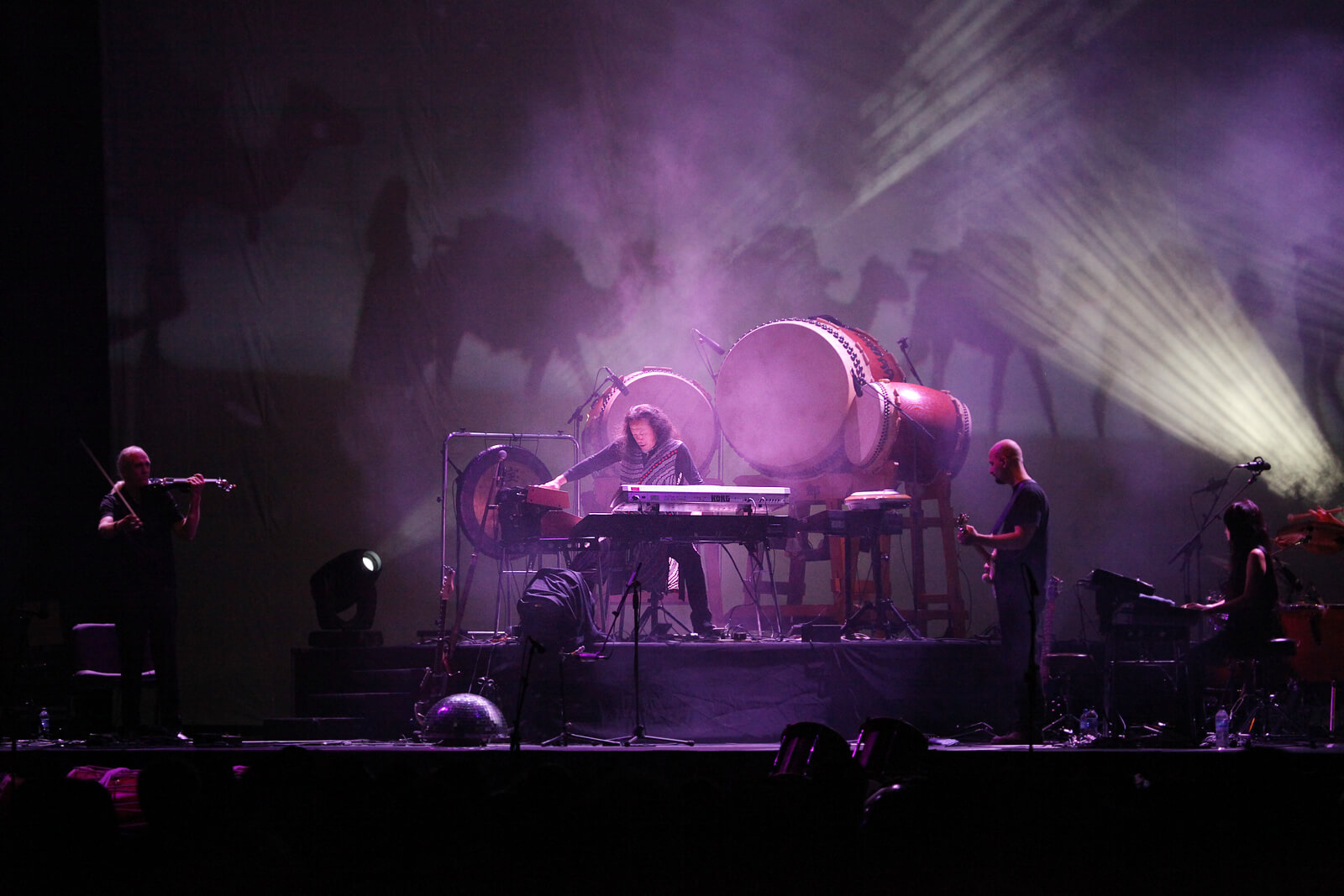
© Domo Music Group
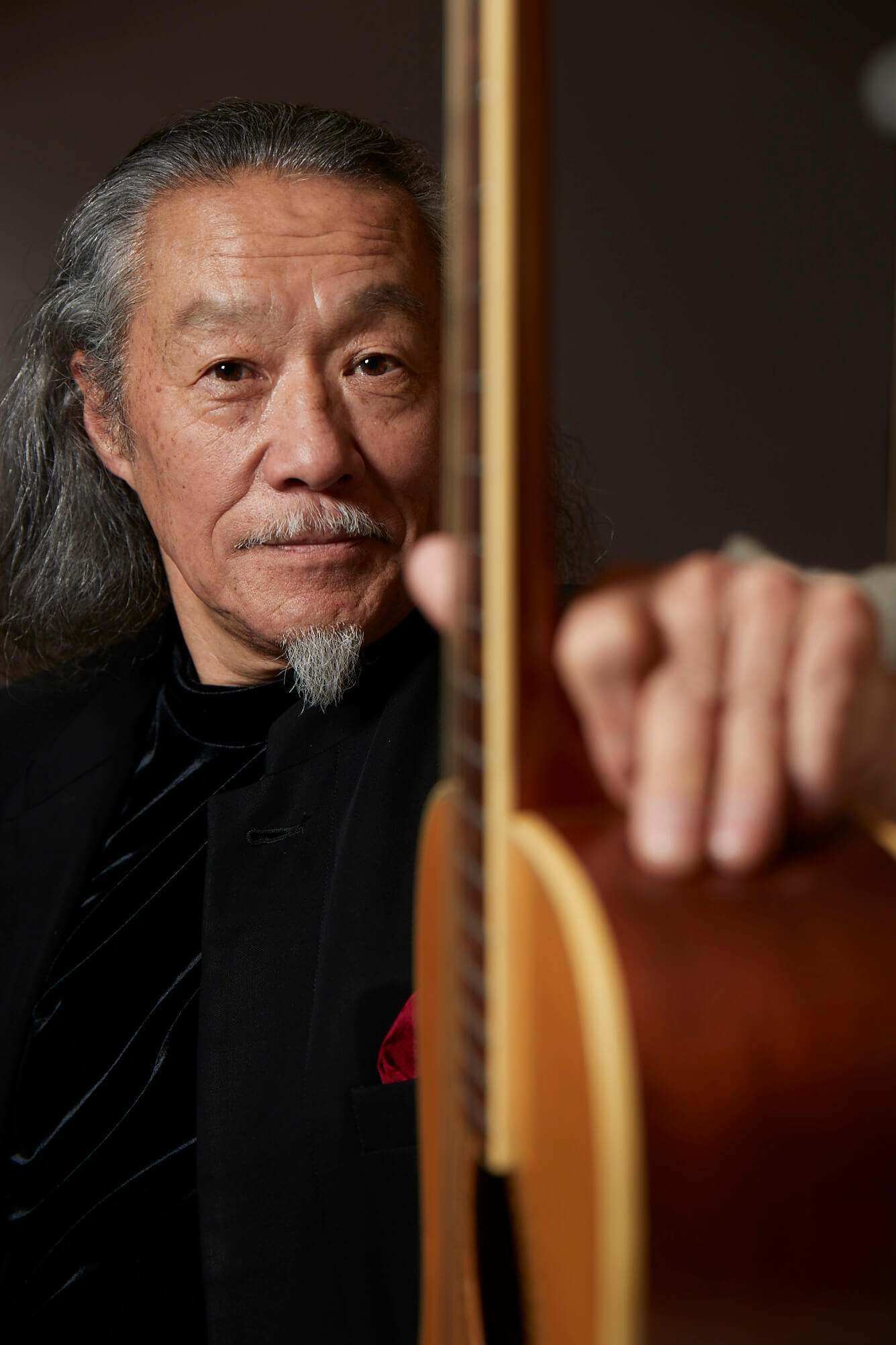
© Domo Music Group
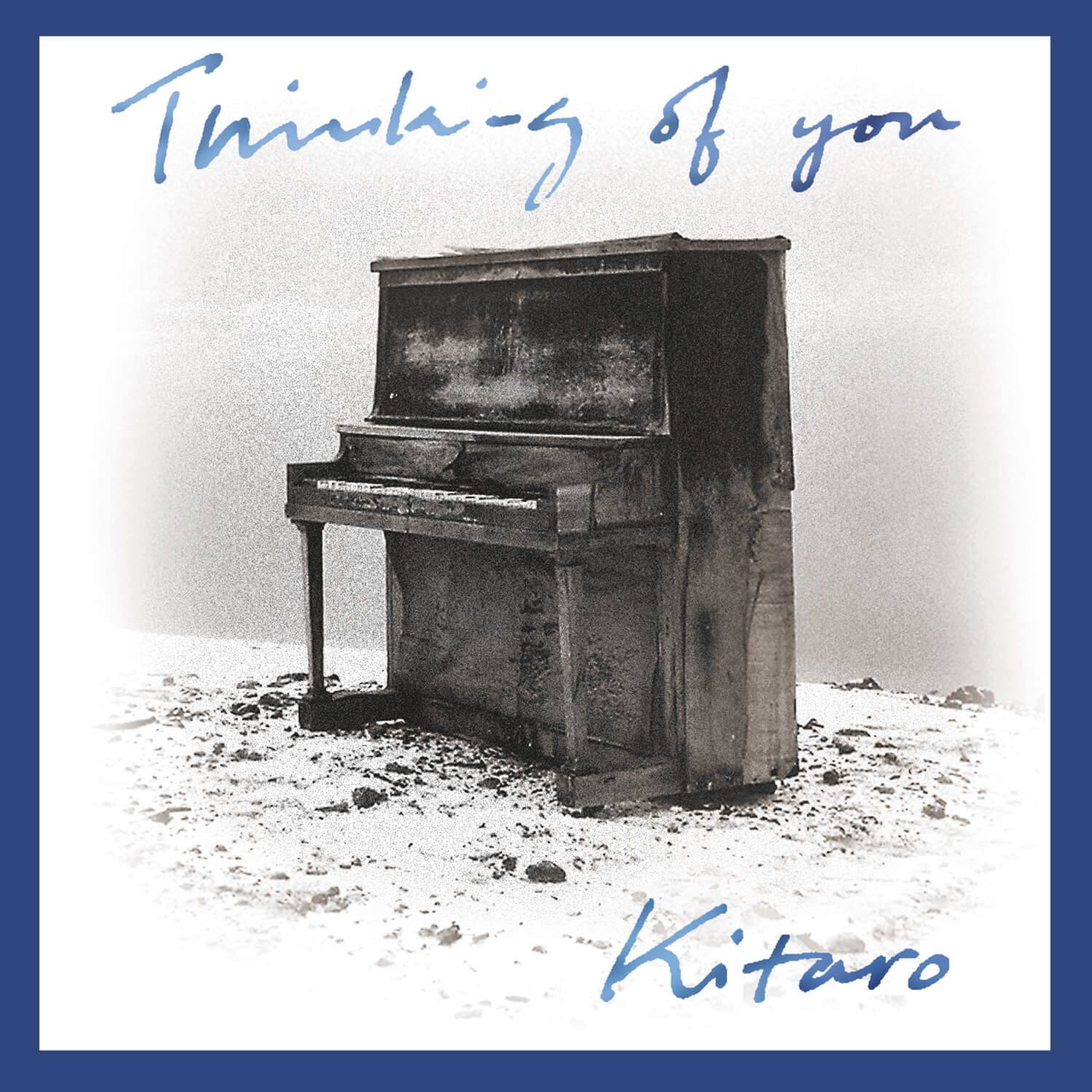
‘Thinking of You’ © Domo Music Group
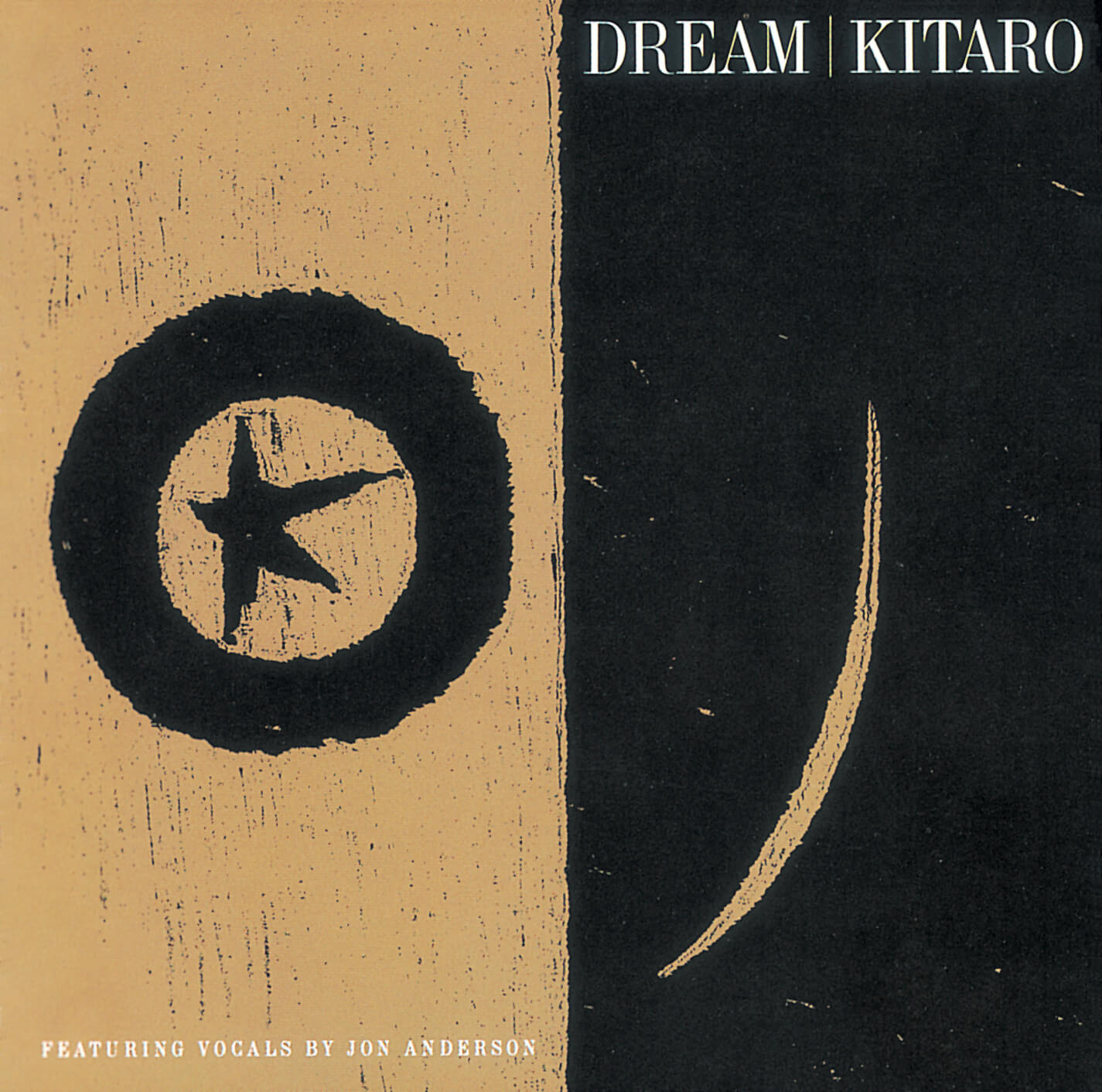
‘Dream’ © Domo Music Group
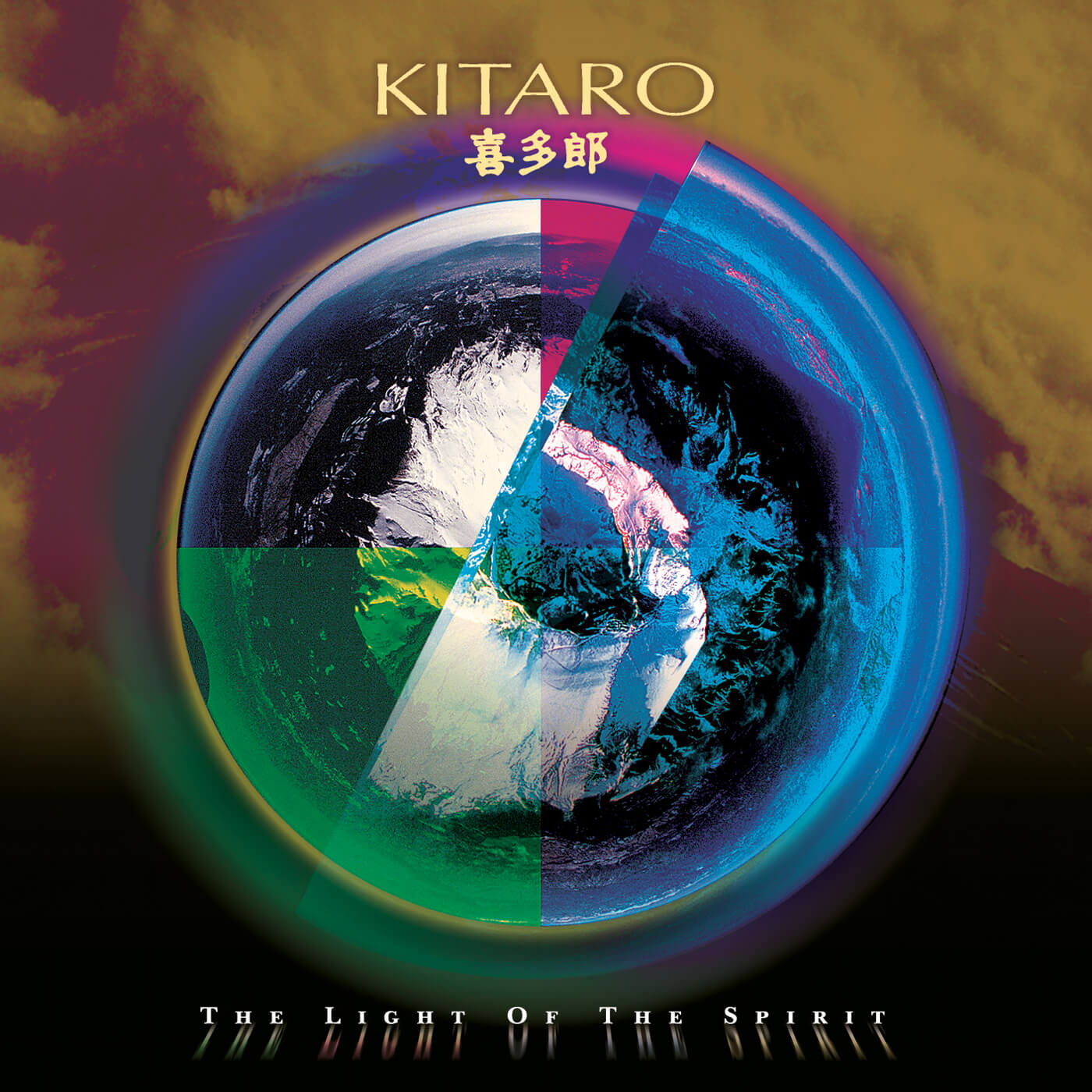
‘The Light of the Spirit’ © Domo Music Group
TRENDING
-
The Tattoos that Marked the Criminals of the Edo Period
Traditional tattoos were strong signifiers; murderers had head tattoos, while theft might result in an arm tattoo.

-
Chiharu Shiota, Red Threads of the Soul
Last year, more than 660,000 people visited the retrospective 'Chiharu Shiota: The Soul Trembles' exhibit at the Mori Art Museum.

-
‘Before Doubting Others, Doubt Yourself. Who Can Truly Say a Dish Isn’t What It Used to Be?’
In ‘A Non-Conformist’s Guide to Surviving Society’, author Satoshi Ogawa shares his strategies for navigating everyday life.

-
The Story of Sada Yacco, the Geisha who Bewitched Europe
Described by Dazed magazine as the first beauty influencer, she has been restored to her former glory since 2019.

-
Ito Jakuchu's Naturalist Paintings
From 15 September until 14 October 2018, the Petit Palais showcased the artist's iconic ‘Images of the Colourful Realm of Living Beings’.





